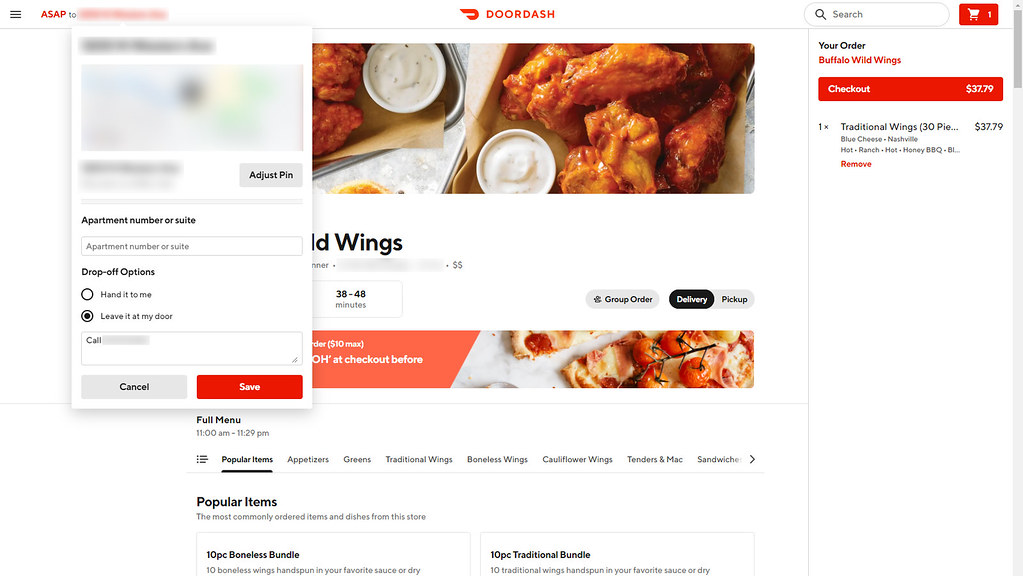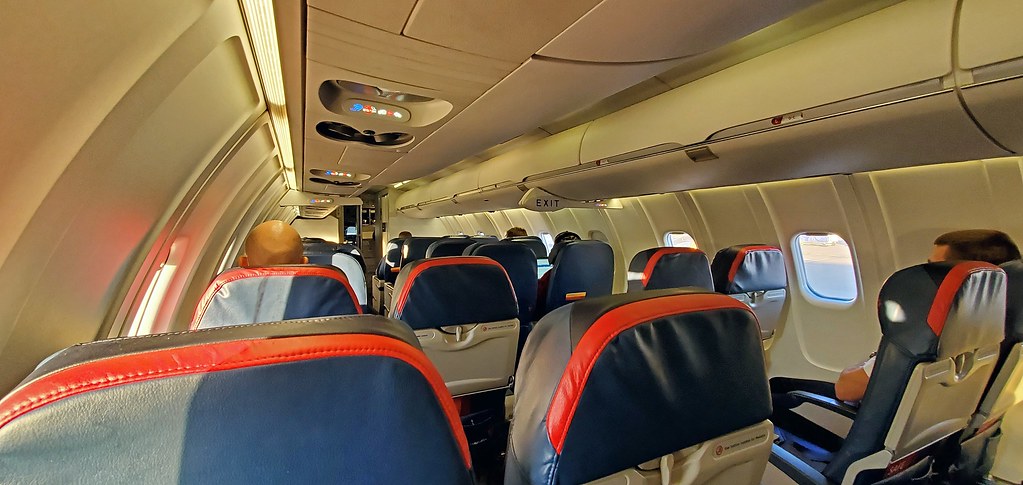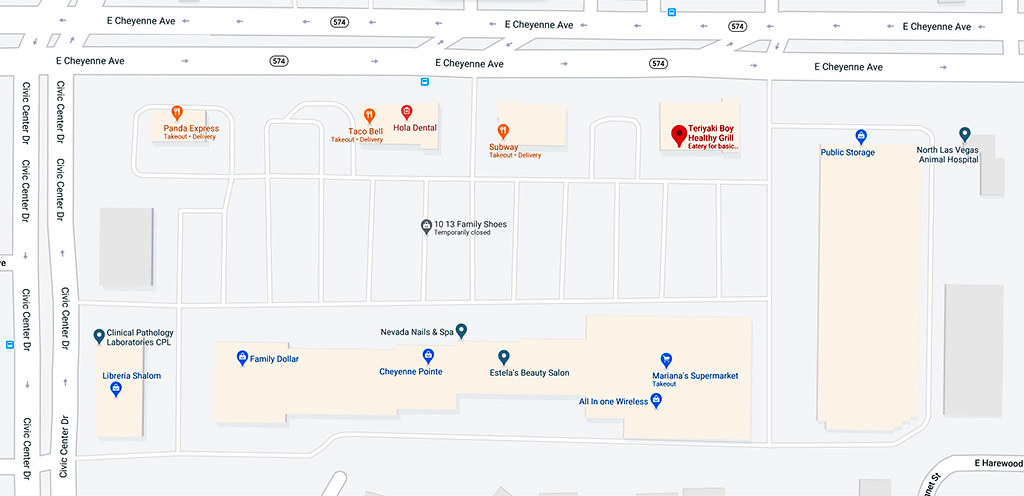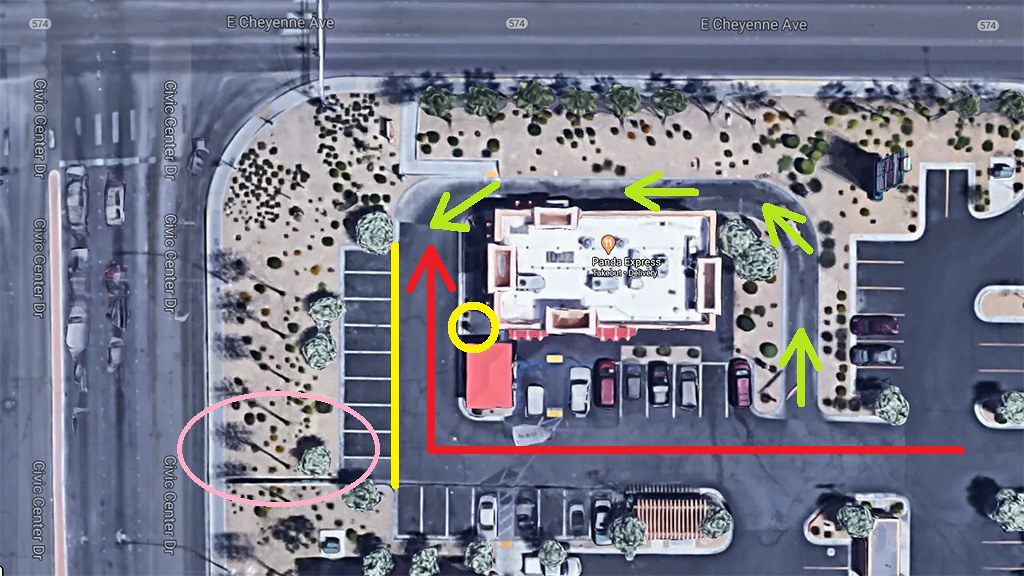As is hopefully clear by the title, I want to point out that I am not a registered investment advisor and do not have the qualifications to become one. This anecdote outlines my personal experiences only, and is not to be used as guidance to manage your assets in lieu of a certified professional.
With that being said, my advice to you is actually very similar to the disclaimer above, and it is: Do not trick yourself into making unjustifiable investment decisions based on others’ experiences if you are not fully informed of the entire situation.
The reason I’m writing this blog post is because I’ve been chatting quite a bit lately with my friends about investments. Most have listened to my experiences and intelligently used them as learning opportunities to do their own research about the related topics, but a few others… have made some questionable decisions.
It’s fun to talk about the wild and unexpected nature of the stock market, and it can be thrilling to share stories of huge successes or massive failures. What isn’t fun is talking about the steady growth of reliable index funds. Thus, if you were to ever ask me about my investments, I will probably talk about meme stocks, because talking about meme stocks makes for an inherently more interesting conversation.
A very important thing to remember is that the ratio of topics in a conversation does not necessarily correlate with the ratio of my actual investment distribution. That means, if I spend 95% of my time talking with you about meme stocks and the remaining 5% about index funds, that does not mean I own 95% meme stocks and 5% index funds.
If you misinterpret that and assume I have 95% meme stocks, then proceed to align your own portfolio to have 95% meme stocks, then you have probably made an incredibly stupid decision. That isn’t to say that you won’t see success—if you’re lucky, you could become a millionaire overnight, and I never said that there can’t be stupid millionaires—but you have just as likely of a chance of losing almost everything.
I always keep that last point in mind—that you have a chance of losing almost everything. That’s why the amount I invest in meme stocks and other extremely high-risk securities is limited only to the amount that I am comfortable losing. I am not comfortable losing my entire portfolio, so I choose to put a vast majority of it in things that I know will not suddenly vanish overnight.
I have a simple way to visualize this. Here is a table of the diversity of my portfolio.
|
Cash This includes money in my online savings account and a tiny amount in my checking account, as well as money market settlement funds for money that has been transferred to my brokerage in preparation for investment that I haven’t had an opportunity to use yet. |
17.70% |
|
Index funds – Domestic This includes a variety of United States index funds ranging anywhere from the general S&P 500, to funds specifically targeting objectives like growth and dividends, covering across a variety of small- to large-capitalization companies. |
37.19% |
|
Index funds – International This provides me with exposure to the international stock market, including both developed and emerging international economies. |
6.96% |
|
Target retirement funds I use Vanguard to manage my tax-advantaged retirement accounts. Within my Roth IRA and SEP-IRA, I keep my money in the target retirement funds VFFVX and VTTSX, which are funds managed by Vanguard with dynamic composition so it prioritizes rapid growth during youth and stability closer to retirement. These target retirement funds have a mixture of domestic and international index funds, as well as some bonds later as retirement years approach, which is why I itemized this out separately. |
27.59% |
|
Bonds When I was a much younger investor, I was far less tolerant of risk for two main reasons: (1) I overestimated the risk and volatility of index funds, which was caused by my inexperience with investing, and (2) I had low net worth so I had more of an incentive to protect what I had. I bought some bonds back then, but haven’t added to my bond balance since; I figured I might as well keep the bonds I already purchased, seeing as it’s a very small portion of my portfolio. |
2.35% |
|
Real estate investment trusts (REITs) REITs are a way for you to diversify your portfolio to gain exposure to real estate without having to go out and purchase a property. I am definitely interested in purchasing actual real estate sometime in the future, but until then, I decided to invest a small amount into REITs. |
2.59% |
|
Cryptocurrency I’ve researched and experimented with cryptocurrency for a while, but for now, I’ve settled on owning some Bitcoin and Ethereum. |
4.20% |
|
Speculative stocks These are individual stocks that I purchase directly through a brokerage, rather than stocks that are included in index funds or ETFs. As of right now, a majority of my speculative selections have been in travel companies, but these are stocks that I actively trade depending on where I think the market is headed. I do this primarily for fun, with capital growth only being a secondary objective. |
1.03% |
|
Meme stocks Just so I can say I was a part of the retail investor movement, I own shares in GameStop (GME), AMC Entertainment (AMC), Blackberry (BB), and other strange securities as recommended by the Reddit community Wall Street Bets. |
0.37% |
If you loosely categorize my investments, you can say that I have 94.39% in “safe” holdings and 5.61% in “dangerous” holdings.
Let’s assume that disaster strikes. Bitcoin crashes and falls from $58,000 to just $4,000 like it was throughout a lot of early 2019, losing 93%+ of its value. Ethereum faces a similarly proportional crash. COVID-19 mutates into COVID-9001 and locks down the entire planet again, causing travel companies’ stocks to plummet to only 20% of their current value. And of course, GameStop, AMC, and Blackberry all go entirely bankrupt. In this theoretical scenario, I lose 5.11% of my portfolio.
Not ideal, but I’m ok with that.
An even greater mitigating factor is that this loss is based on the current value of my portfolio. If you’re familiar with cryptocurrency, you know how fast it’s risen in value. If you calculate my losses relative to cost basis rather than current value, then the percentage of money I would lose is even less.
So if you’re ever interested in buying Bitcoin or shares of GameStop because of me or someone else talking excitedly about the topic, and you want to “copy” us because we seem to sound like knowledgeable investors, keep the table above in mind. Don’t let our excitement falsely trick you into thinking that we’ve gone all-in on meme stocks.
To be clear, this is not me telling you whether you should or should not go all-in on meme stocks; this is me making sure you know that I absolutely did not.









